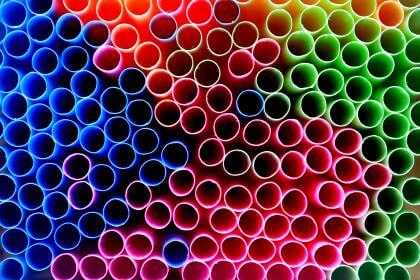Category: Consumer Behaviour
-

Generation Alpha
In the ever-evolving landscape of generational shifts, a new cohort is emerging – Generation Alpha. Born from the mid-2010s onward, these youngsters are the children of Millennials and the first wave of Generation Z. While they are still in the early stages of development, Generation Alpha is already shaping up to be a distinct and…
-

Generation X in America
Generation X in America Generation X (also known as Gen X) is the part of the population born between the Baby Boomers and the Millennials. Although it is accepted that the Generation X demographic was born between 1965 and 1980, academics and marketing researchers typically use dates from the early to mid 1960s up to…
-

Baby Boomers in America
Baby boomers are the demographic of people who were born just after the Second World War; this would give the baby boomer generation an approximate date of between 1946 and 1964 . World war two ended in a 1945, and as a rule of thumb baby boomers are the children who are born as the…
-

Why People Buy
Marketers spend millions of dollars trying to understand why people buy products and services. Sometimes it seems that there is no reason for a purchase, but in reality there is always a reason. Many factors are involved in a customers’ buying decision, any one of which can become the deciding factor.
-

Value and Relationship Quality
Consumers choose goods and services based on the assumption that they will be rewarded with value and satisfaction. Consumption is the process by which goods and services are used and assigned a level of value by the consumer. That level could be positive, if the customer was satisfied, or it could be negative if they…
-

The Six Living Generations In America
In America, there are six living generations, which are six fairly distinct groups of people. As a generalization each generation has different likes, dislikes, and attributes. They have had collective experiences as they aged and therefore have similar ideals. A person’s birth date may not always be indicative of their generational characteristics, but as a…
-

Segmenting Publics in America
Another way of segmenting publics is to do it based on values and lifestyles. Such segmentation regularly is used by marketers to focus product and service appeals on particular socioeconomic levels.
-

Segmentation, Demographics and Behavior
Segmentation is the process of breaking down the intended product market into manageable groups; it can be broken down by Relationship, Customer Type, Product Use, Buying Situation, Purchasing Method, Behavior, Geographic Location, Demographics, Psychographics.
-

Internal Influences – Personality
Internal Influences – Personality Some marketers believe we choose products that express our personalities. Personality is defined as the thoughts, emotions, intentions and behavior that people express as they move through their environment. Personality is unique to individuals, but may be applied to groups, is a combination of characteristics and traits and influences purchasing behaviors.…
-

Internal Influences – Motivation
Motivation is an internal state that drives us to satisfy needs. Motivation is the energizing force that activates behavior. Once we recognize that we have a need, a state of tension exists that drives the consumer to the goal of reducing this tension and eliminating the need. Consequently, only unmet needs motivate.
-

Internal Influences – Memory
Marketing messages can be effective only if the consumer correctly understands the messages, and remembers them when needed. Memory refers to a consumer’s ability to understand the marketing messages and assign them value and meaning. Value and meaning always together. The value and meaning assigned is largely determined by internal factors, (thoughts, feelings, emotion, attitude,…
-

Internal Influences – Lifestyle and Attitude
Lifestyle is a common word to explain complicated consumer behaviors. Lifestyle is a way to segment people into groups based on three things: opinions, attitudes and activities. Lifestyle means the ways groups of consumers spend time and money.
-

Internal Influences, learning
Consumer behavior is largely learned behavior. Learning is a change of behavior following an interaction between a person and their environment. A person touches a hot stove and then gets hurt, because of that interaction they learn not to touch the hot stove again. Most attitudes, values, tastes, behaviors, preferences, symbolic meanings and feelings are…
-

Internal Influences – Emotion and Perception
Emotion is difficult to define, and even more difficult to predict. However, they are important to marketers because consumers tend to react to marketing messages and make purchases based on feelings and emotions. Emotion can be used to create product benefits.
